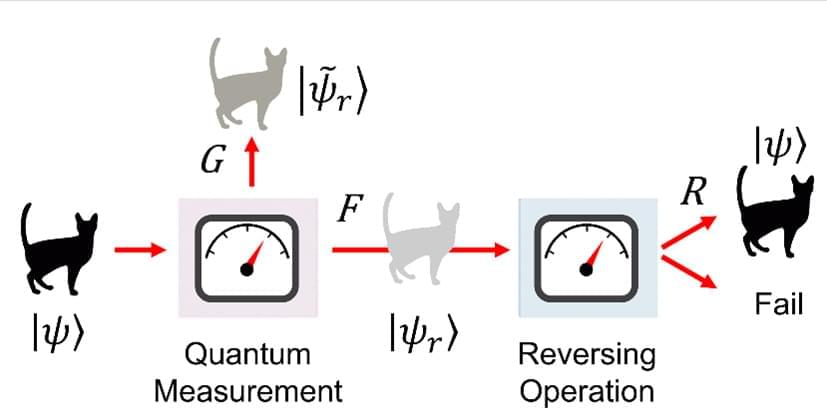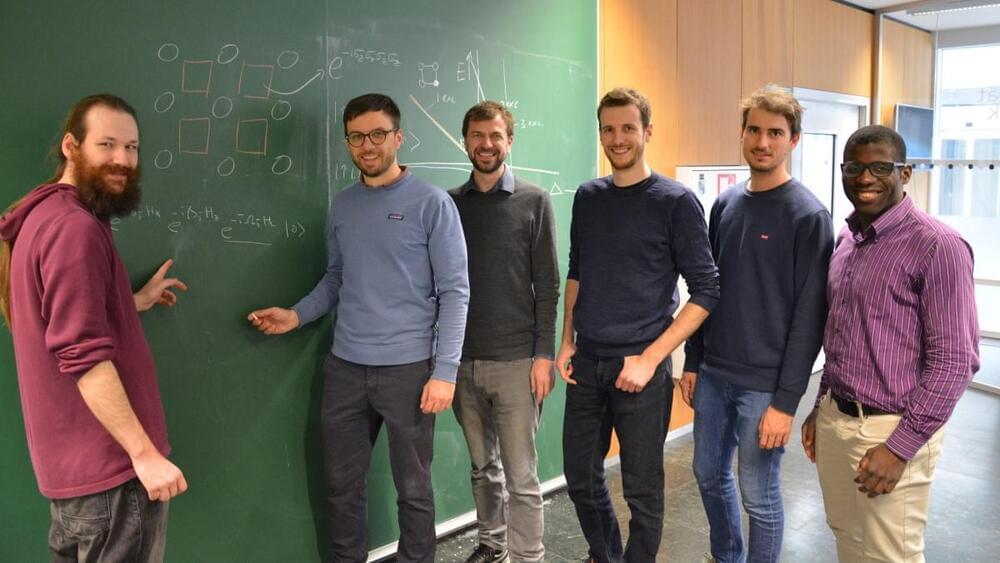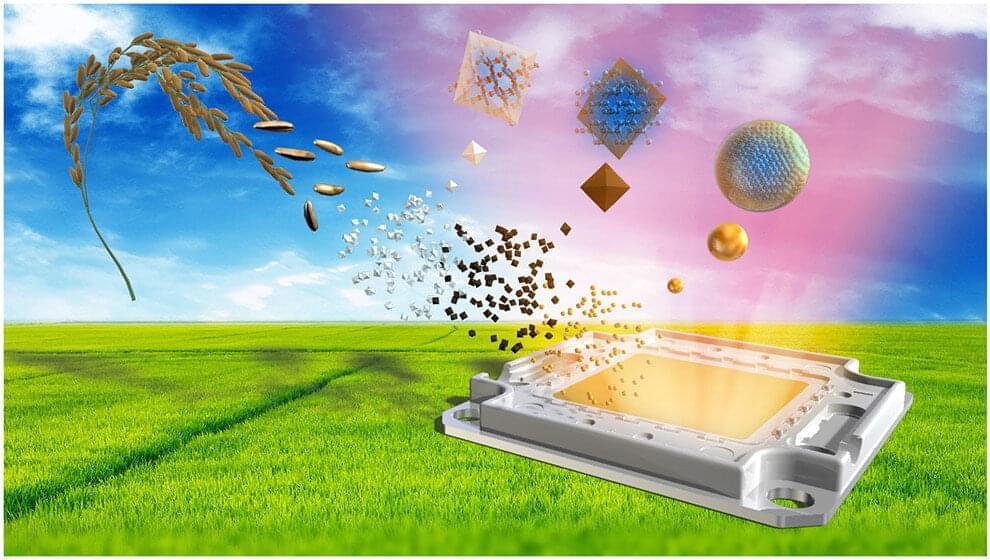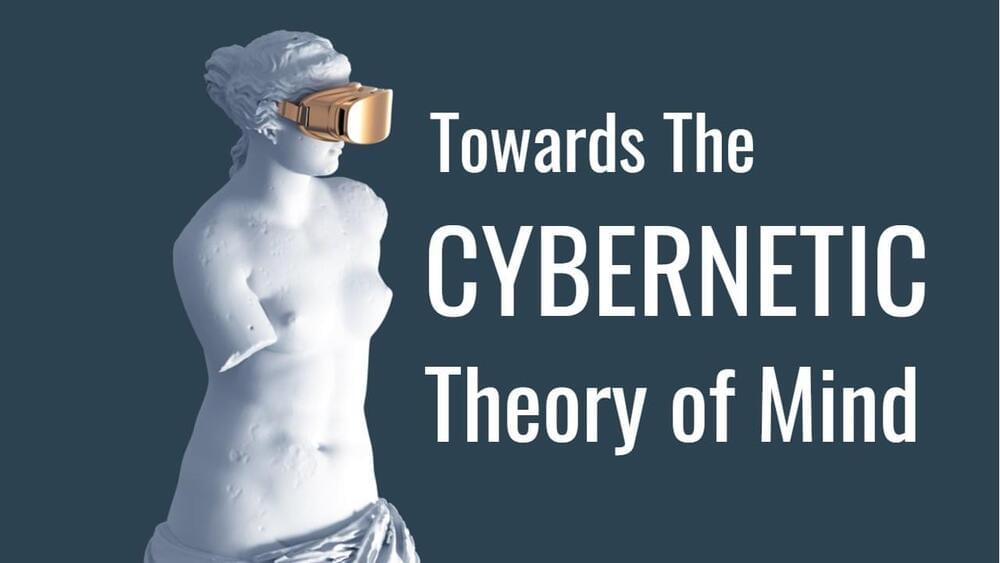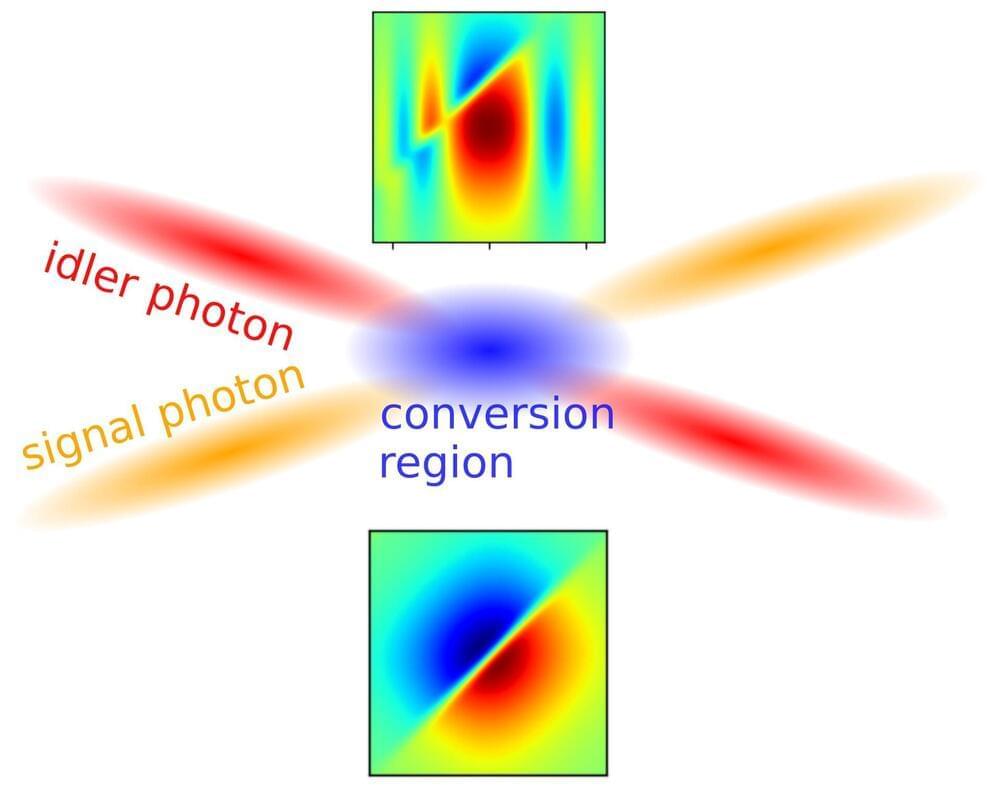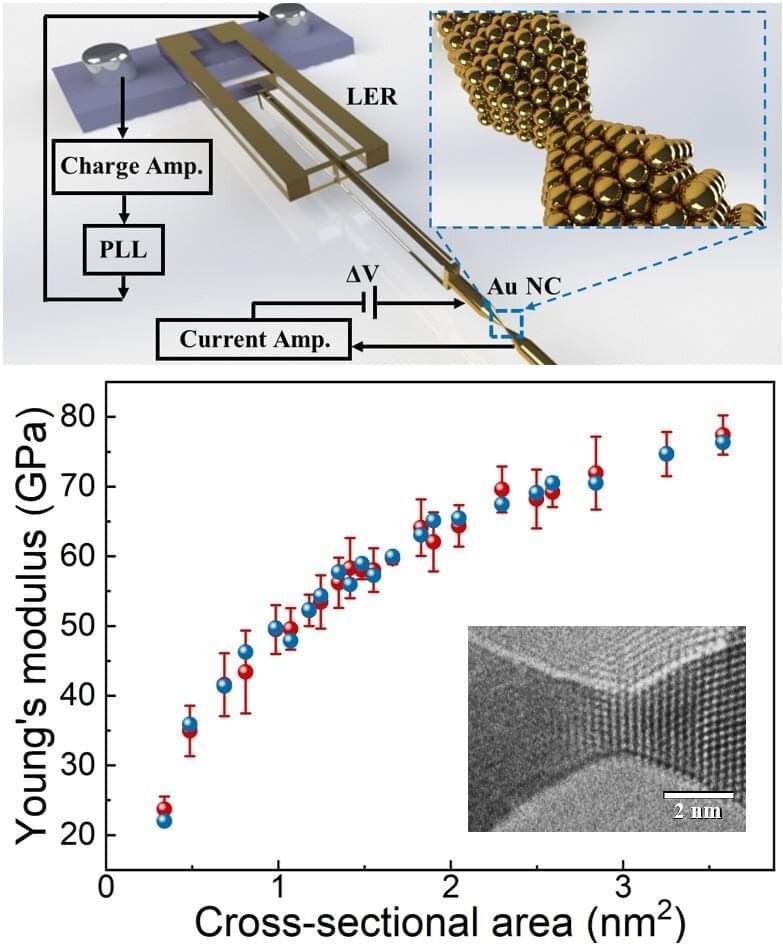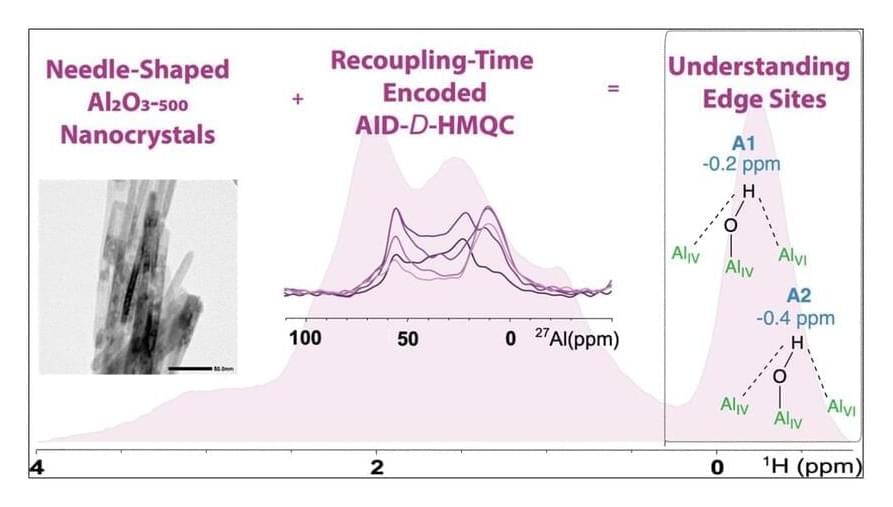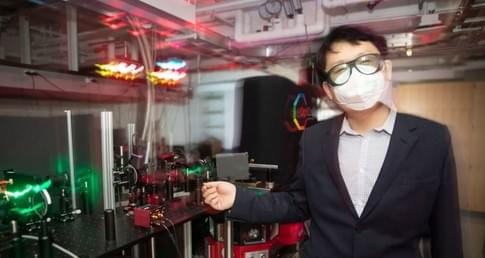Apr 14, 2022
Quantum measurement splits information three ways
Posted by Shubham Ghosh Roy in category: quantum physics
Types of measurements can be further distinguished by how the sum of the three types of information compares to the information in the quantum state. Whereas optimal measurements preserve the total information in the quantum state, such that it is entirely split between the three types, in non-optimal measurements some information is lost. This lost information can be due to noise in the experiment or inefficient estimates of the original quantum state. Yet sometimes it is inherent in the quantum measurement itself. Such inescapable information loss in non-optimal measurements could give insights into how the classical world appears to emerge from quantum measurements.
Preserving three-way information using photons
In their experimental study, which is published in Physical Review Letters, Seongjin Hong and colleagues at the Korea Institute of Science and Technology and the Korea Institute for Advanced Study showed how the information about a quantum state splits into these three parts. The researchers used photons to experimentally demonstrate information-preserving optimal measurements in which each photon could be in one of three possible states. They then used optical components to perform measurement and reversing operations on the photons, before characterizing their final states and demonstrating the quantitative balance between the three information types.
